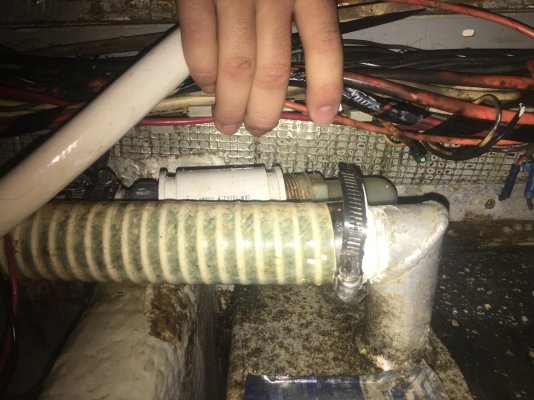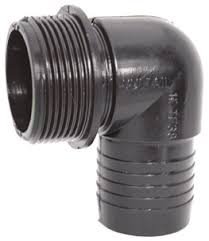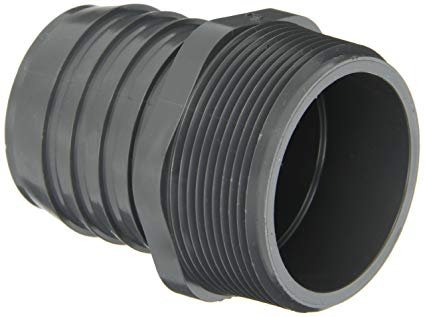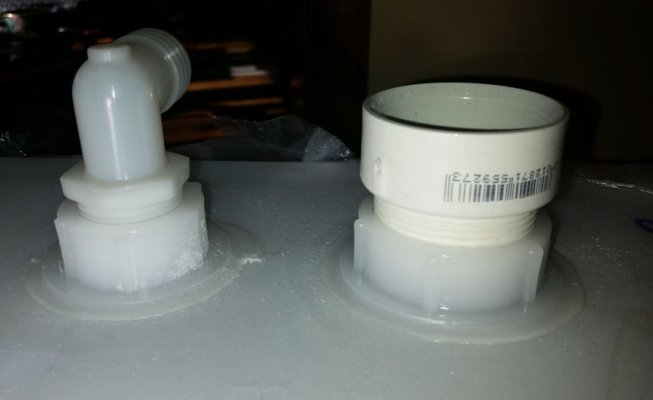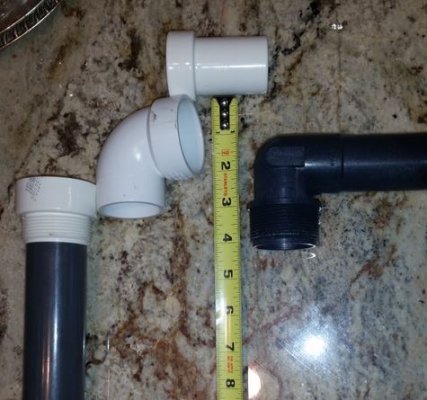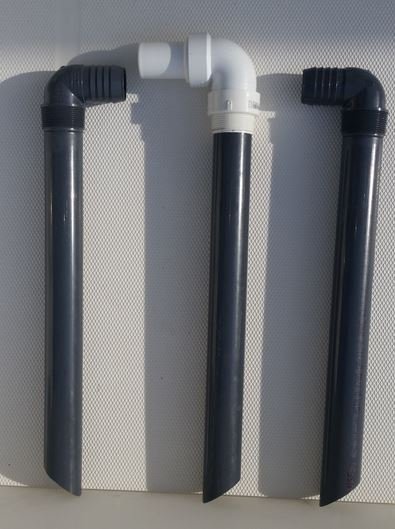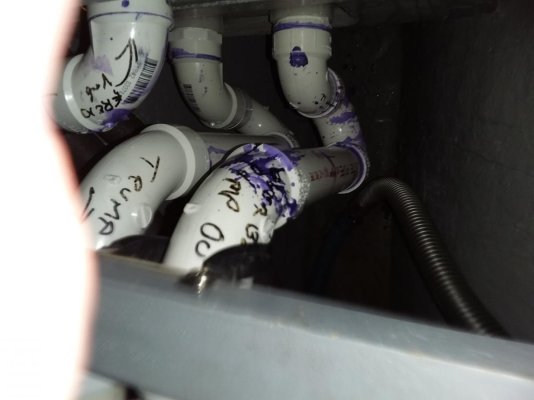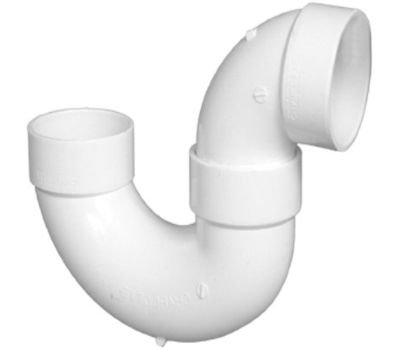I've never known of any of the composting toilets to be available in marine stores. Plus, they're actually large compared to marine toilets:
Airhead Toilet Nature's Head Composting Toilets amd even the C-Head C-Head which is little more than a glorified cat litter box.
So I suspect you actually saw a portpotty SeaLand SaniPottie 975 MSD and thought it was a composter.
--Peggie
Airhead Toilet Nature's Head Composting Toilets amd even the C-Head C-Head which is little more than a glorified cat litter box.
So I suspect you actually saw a portpotty SeaLand SaniPottie 975 MSD and thought it was a composter.
--Peggie
Last edited:

